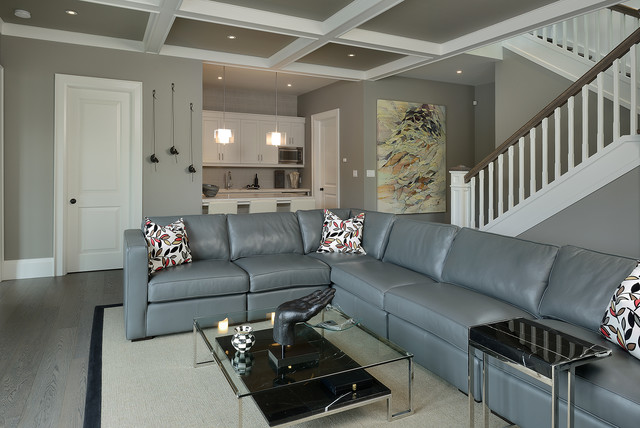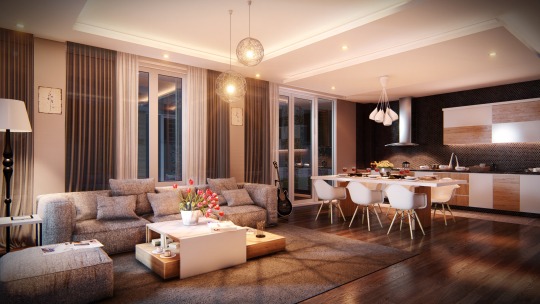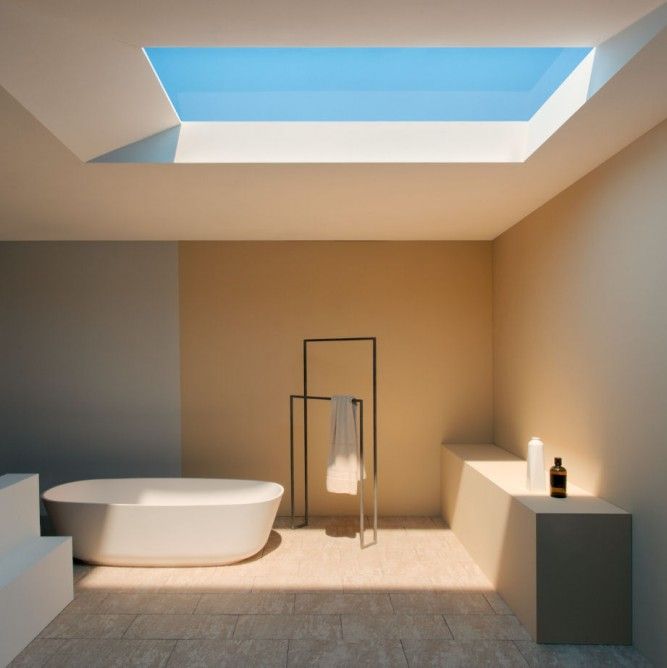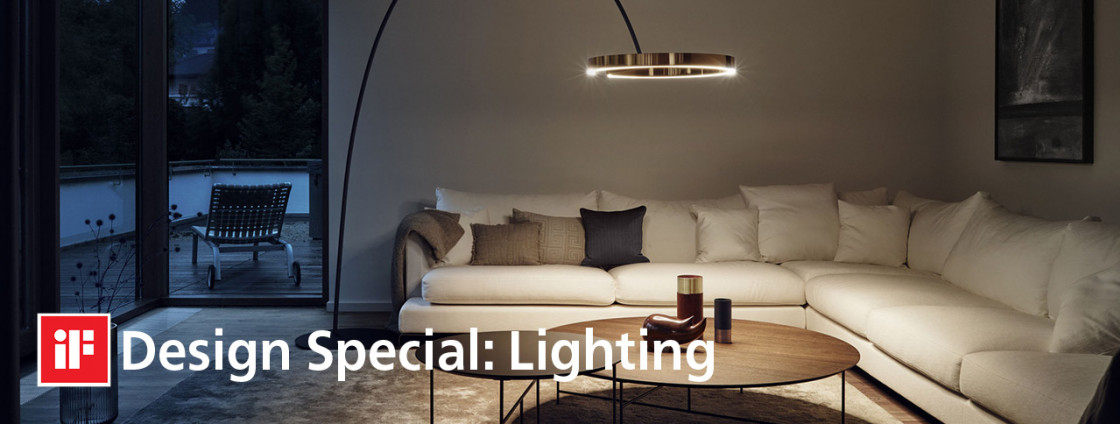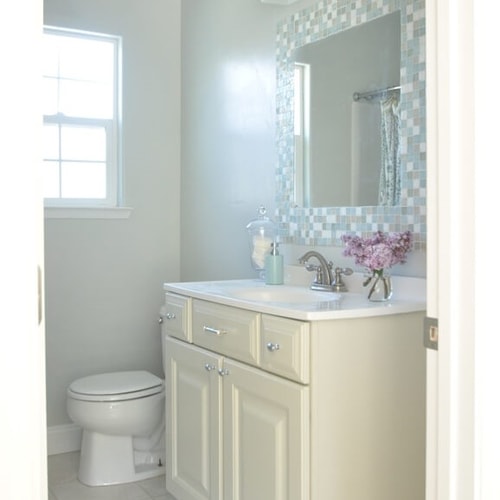Combine natural & artificial light for a bright interior
Sunlight is always desirable in a home, which provides strong, comfortable light and warmth to all interiors. However, artificial light is usually necessary to supplement natural light in windowless rooms and after sunset. The trick to combining the two is to use artificial light as secondary lighting while doing everything you can to increase the amount of natural light that reaches into the home. The following tips will help you create a bright, nice home by using both natural and artificial light sources:
Maximize natural light
Look carefully at your window coverings. Dark shades or blinds obstruct the light. Natural light will be diluted or blocked completely by thick curtains or heavy blinds. Window coverings made of lightweight fabrics such as cotton allow more natural light into a room, while controlling the amount of heat that comes with the light. Think of window coverings that can be tied back to let in more light. Wooden and plastic blinds do not allow light, so think of retractable fabric or bamboo screens – these provide privacy while allowing a bit of diffused natural light.
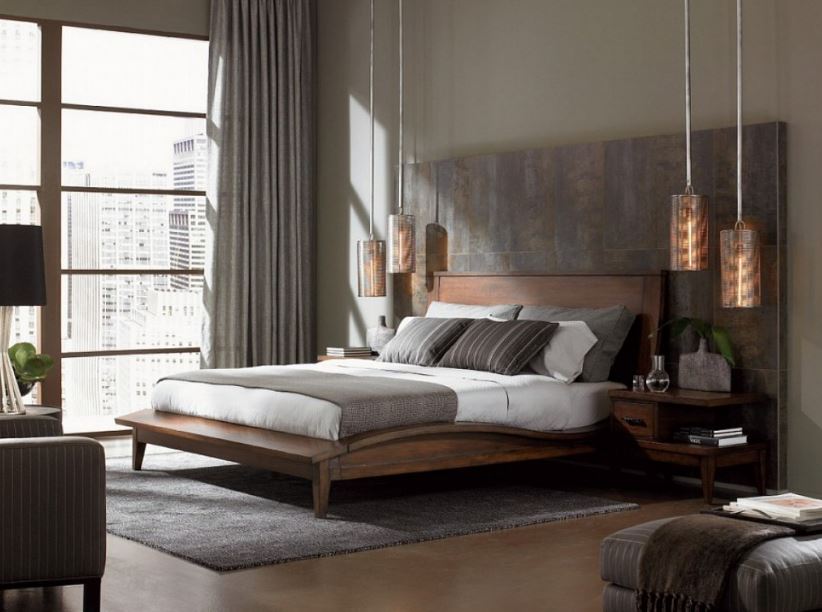
Lighter dark areas
There are many types of lamps and fixtures that can be used to illuminate a dark room. Table lamps, floor lighting and wall mounted lamps are all inexpensive ways to illuminate specific dark areas. Interior experts suggest adding mirrors that reflect light. Hanging a mirror on a wall opposite a window creates a smart, modern look and reflects light back into the room.
Think about your lifestyle and where and when you spend time in a specific room. With so many luminaire options, consider whether ambient or air lighting will provide enough light. A custom home builder in North Vancouver suggests working lighting – to illuminate a limited area according to your needs – for rooms that don't get much use. For rooms that receive a lot of traffic, especially kitchens and living rooms, consider using a combination of ambient and hanging lamps to provide both subtle and practical lighting.
If you have the opportunity to change lighting in windowless rooms, during a rebuild of spare rooms or bathroom renovations, take the chance to have modern light fixtures installed. These rooms require the most artificial light, so make sure the sources you choose provide both coverage and aesthetic appeal.
Apply a fresh paint finish
Interior architects agree that the color of a wall can either accentuate natural and artificial light or stifle it. Painting your roof white will make a definite difference, because white reflects light and does not absorb it. Be aware that a completely white room without sunlight can actually seem dingy and dull, so use the paint sparingly and mix it with wallpaper or patterned walls.
Consider painting walls yellow or beige, as these warm tones help a room look brighter than it actually is. Bleached, cool tones such as sky blue and sage green will also achieve this, in contrast to and reflect natural light to create a beautiful, soothing effect.

